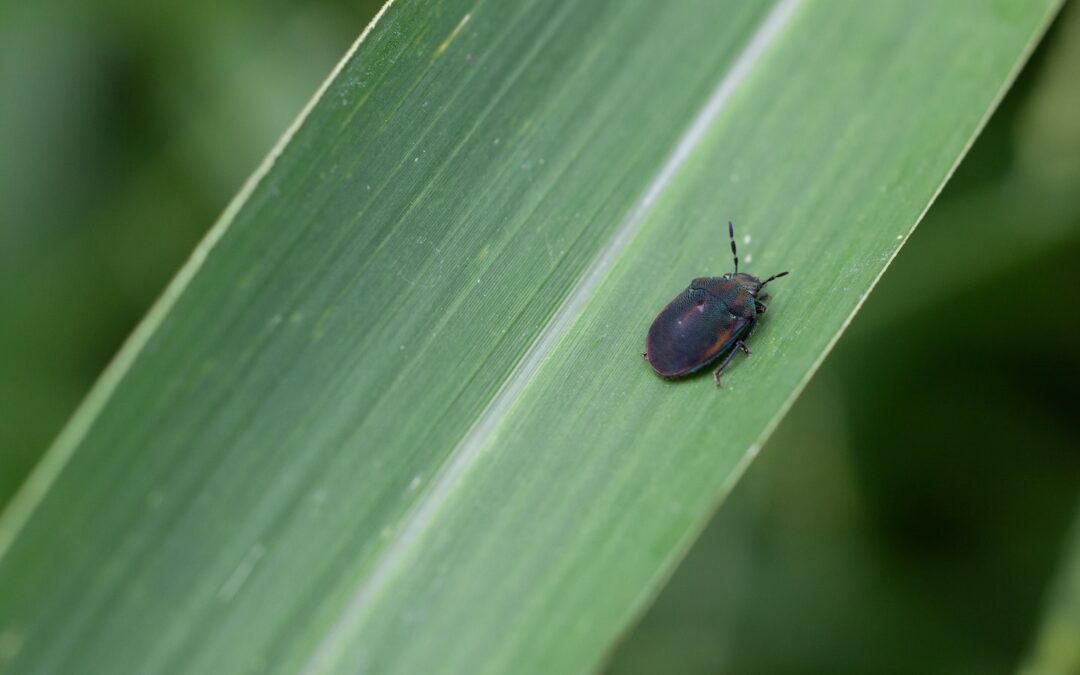Introduction
Mosquitoes and ticks are carriers of disease-causing microbes, representing a serious public health threat. Many diseases that are spread by these insects, such as malaria, West Nile virus, Lyme disease, and Zika virus, cause significant health impacts and even death in some cases. This article will discuss how mosquitoes and ticks transmit disease and the necessary precautions for people to take to reduce the risk of infection.
Mosquito-Borne Illnesses
Mosquitoes become carriers of disease-causing microbes when they feed on infected animals or people. These disease-causing microbes invade the mosquito’s body and grow in its saliva, which is then injected into a new host when the mosquito bites. Malaria, West Nile virus, and Zika virus are some of the most common mosquito-borne illnesses.
Tick-Borne Illnesses
Ticks become infected with bacteria, viruses and parasites when they feed on an infected host. These disease-causing microbes invade the tick’s body and can be transmitted to other hosts when the tick feeds through its saliva. Some of the most common tick-borne illnesses are Lyme disease, bartonellosis, ehrlichiosis, and Rocky Mountain Spotted fever.
Preventing Mosquito and Tick Bites
To reduce the risk of infection from mosquitoes or ticks, it is important to take preventive measures. These include using insect repellents, wearing protective clothing, using insecticide-treated bed nets, and avoiding areas with a high concentration of mosquitoes and ticks. Additionally, reducing or removing standing water and cutting brush and weeds from around the home can help reduce the number of mosquitoes.
Recognizing Infection
Early diagnosis and treatment is important for preventing further complication from mosquito and tick-borne illnesses. Some of the general symptoms associated with mosquito-borne diseases are fever, muscle aches, joint pain, and fatigue. Symptoms of tick-borne diseases include fever, headaches, skin rash, and fatigue.
Treatment
Treatment for mosquito and tick-borne illnesses is dependent on the particular disease. In general, medical care should be sought as soon as possible when potential symptoms arise. Medications are usually prescribed to treat infection and slow the progression of the disease.
Vaccines
Currently, there are vaccines available to protect against a few mosquito and tick-borne diseases. These include vaccines for tick-borne encephalitis, Japanese encephalitis, yellow fever, and tick-borne Lyme disease.
Environmental Practices to Reduce Transmission
There are also environmental practices that can be employed to reduce the spread of mosquito and tick-borne illnesses. These include reducing the use of agricultural pesticides, supporting integrated pest management programs, reforestation initiatives to create natural barriers, and reducing habitat fragmentation.
People Also Ask
Q. What are the common symptoms associated with mosquito and tick-borne illnesses?
The common symptoms associated with mosquito-borne illnesses are fever, muscle aches, joint pain, and fatigue. Symptoms of tick-borne diseases include fever, headaches, skin rash, and fatigue.
Q. What can be done to prevent mosquito and tick-borne illnesses?
To reduce the risk of infection from mosquitoes or ticks, it is important to take preventive measures such as using insect repellents, wearing protective clothing, using insecticide-treated bed nets, and avoiding areas with a high concentration of mosquitoes and ticks. Additionally, reducing or removing standing water and cutting brush and weeds from around the home can help reduce the number of mosquitoes.
Q. Are there vaccines available to protect against mosquito and tick-borne diseases?
Yes, there are currently vaccines available to protect against a few mosquito and tick-borne diseases. These include vaccines for tick-borne encephalitis, Japanese encephalitis, yellow fever, and tick-borne Lyme disease.
Q. What environmental practices can be employed to reduce the spread of mosquito and tick-borne illnesses?
Some environmental practices that can be employed to reduce the spread of mosquito and tick-borne illnesses include reducing the use of agricultural pesticides, supporting integrated pest management programs, reforestation initiatives to create natural barriers, and reducing habitat fragmentation.
Q. What is the best way to treat mosquito and tick-borne illnesses?
Treatment for mosquito and tick-borne illnesses is dependent on the particular disease. In general, medical care should be sought as soon as possible when potential symptoms arise. Medications are usually prescribed to treat infection and slow the progression of the disease.
Final Words
Mosquitoes and ticks are significant carriers of disease-causing microbes that can cause devastating illnesses and even death in some cases. It is important to take preventive measures and be aware of the warning signs of mosquito and tick-borne diseases in order to reduce the risk of infection. Additionally, there are environmental practices that can be employed to reduce the spread of these diseases. As the incidence of these illnesses continues to rise, it is important to be informed and take steps to protect yourself.

